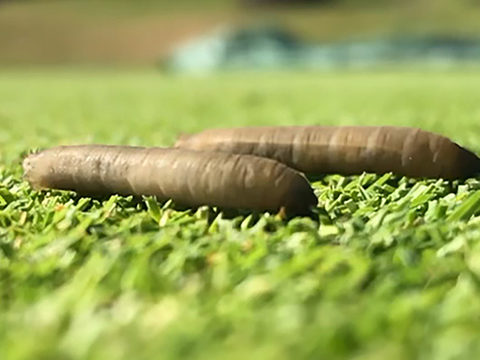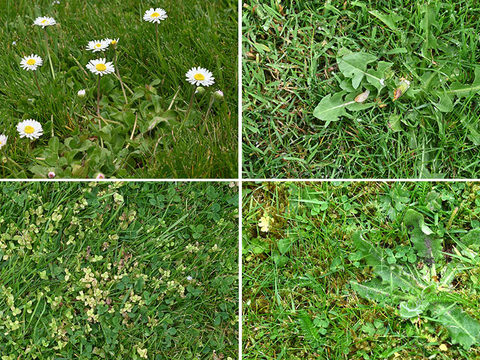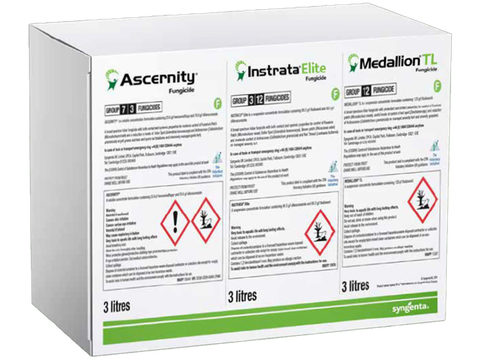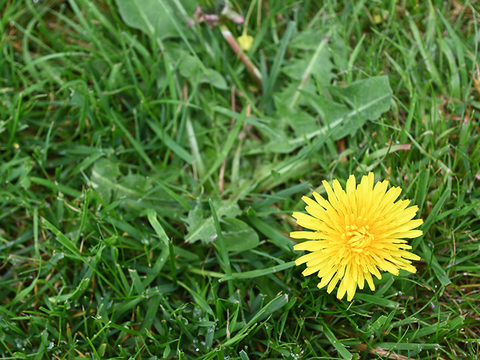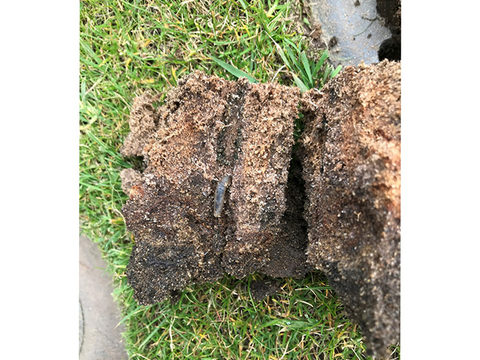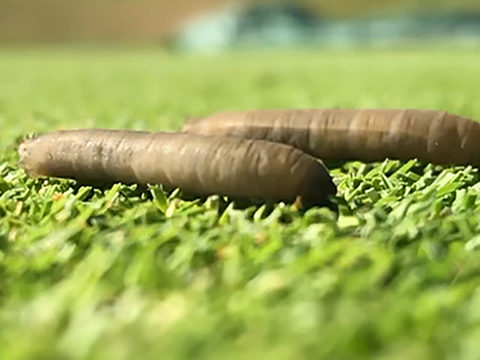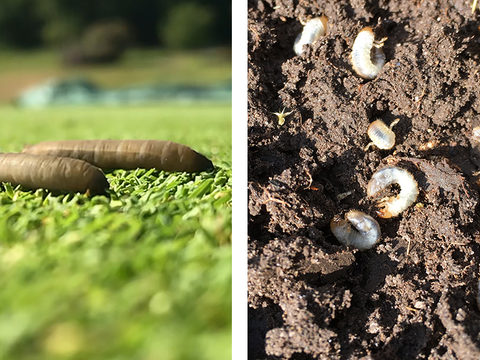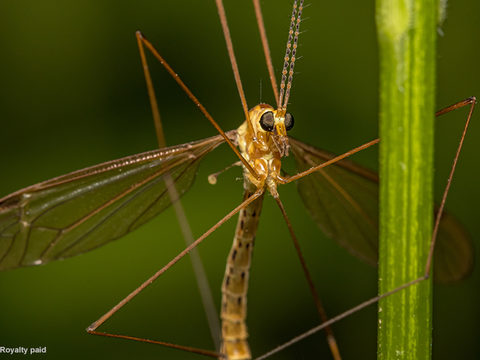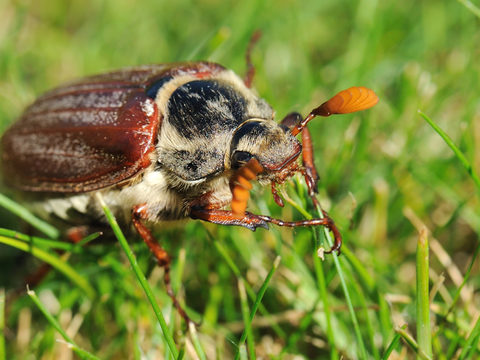Colour for lean greens

In the heat of summer the lean greens at Huntercombe Golf Club can feel the stress on bright days. Golf Course Manager, Grant Stewart, is looking to the potential for protection of Ryder pigment whilst retaining a traditional natural colour.
The expansive greens of Huntercombe Golf Club, near Henley in Berkshire, may initially look an attractive proposition for players, but such is the complexity of the design and construction that they pose a serious challenge.
Even on some of the biggest greens, there may be just two or three possible pin positions available for Grant Stewart to use. Furthermore, the slopes and undulations add to the complexity of maintaining consistent playability and turf health, particularly through the summer months with thin soils over chalk.
In keeping with the Clubs’ ’traditional roots, Grant has reverted to a low fertility regime, aiming to use just 60 kg N/ha with a ‘little-and-often’ drip feed of 2 kg N every two weeks throughout the growing season – plus a boost of around 15 kg/ha twice a year at renovation time.
“The look and feel of the course has responded really well, and the playing surfaces have improved immeasurably in terms of firmness and consistency,” reported Grant. But he’s aware that, at such low levels, there is little buffer from summer stress.
One of the key tools has been a Primo Maxx II programme applied fortnightly at a relatively low rate of 0.3 to 0.350 l/ha. Added to that he’s now investigating the potential for Ryder to protect leaves from damage by excessive sunlight over the summer.
“Although we have a high tree cover around the course, the big greens are largely exposed to the sun,” he reported. “And we are in the process of clearing back woodland, to the original design of the course, so it’s only going to get greater.”
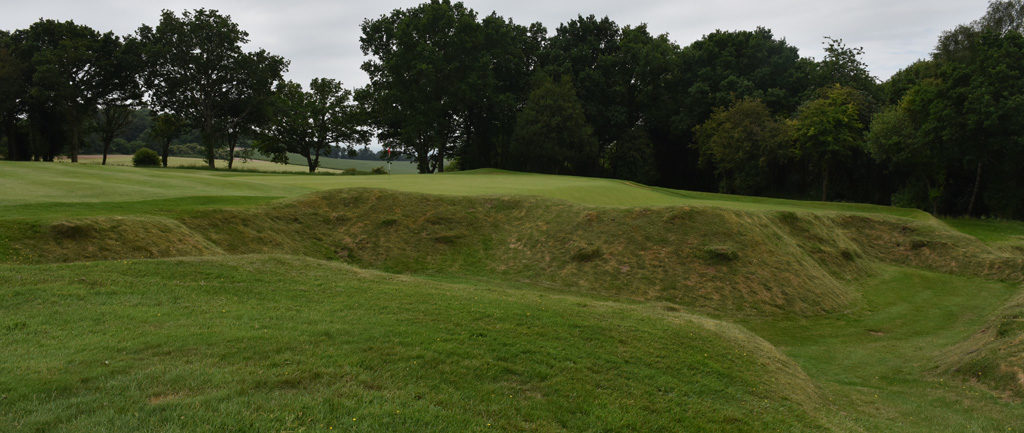
But with the completely natural design and set up of the course, the members don’t want anything too artificial and vibrant. “We are looking at regular application at a low rate to give the leaf some prolonged protection over the summer, at a colour that fits in with the course.
“In summer grass growth does drop right off, particularly in combination with the PGR programme. That means we should get longer out of the Ryder application on the leaf,” he advocated.
“We use GDD calculations for the Primo Maxx II timing, but could also find the remaining pigment intensity would be a guide for how leaf is growing.”
Already making fortnightly applications, Grant was keen to see how the product would tank mix with bio-stimulant, trace elements, seaweed and wetting agent, which he believes has given positive results.
“There is a detrimental legacy of high use of iron sulphate in the past,” he pointed out, “so I’m keen to avoid further use of iron and find alternative ways to get the natural green colour that works for us.”

